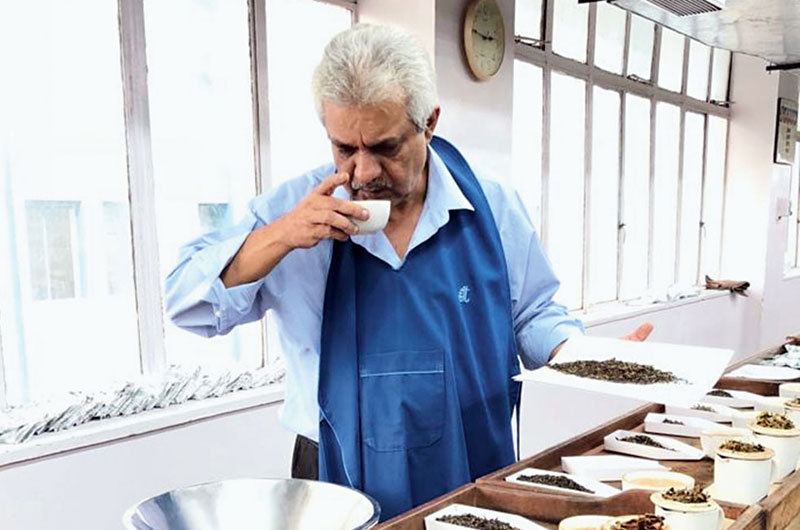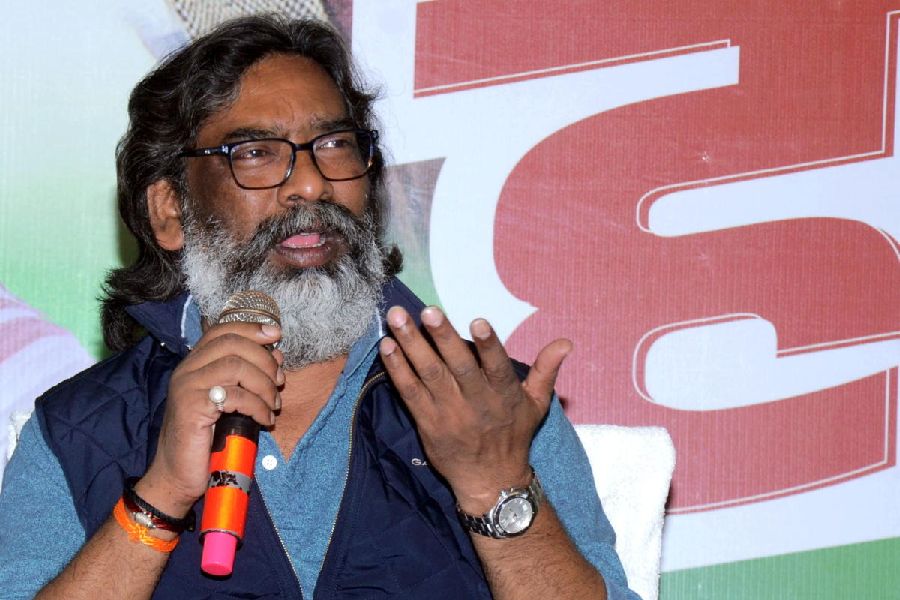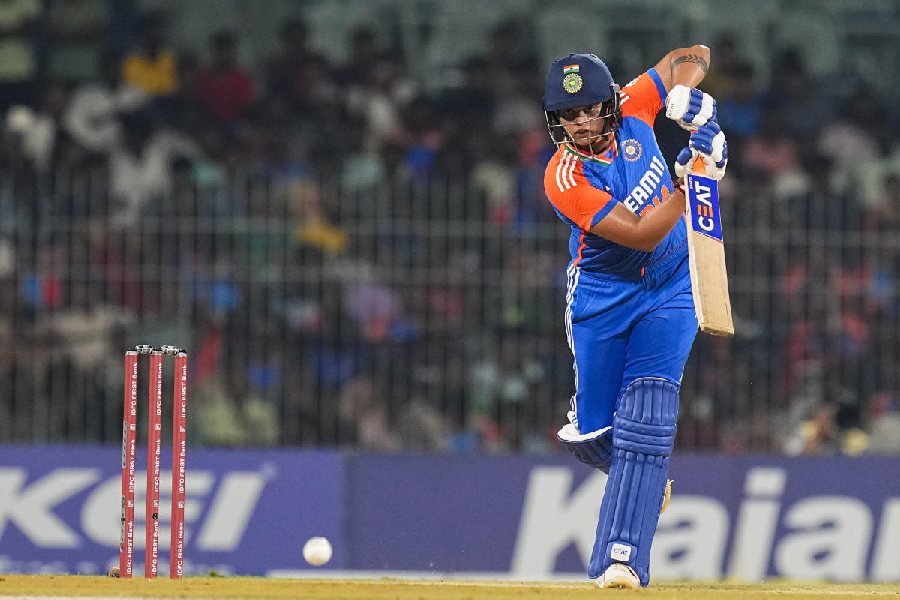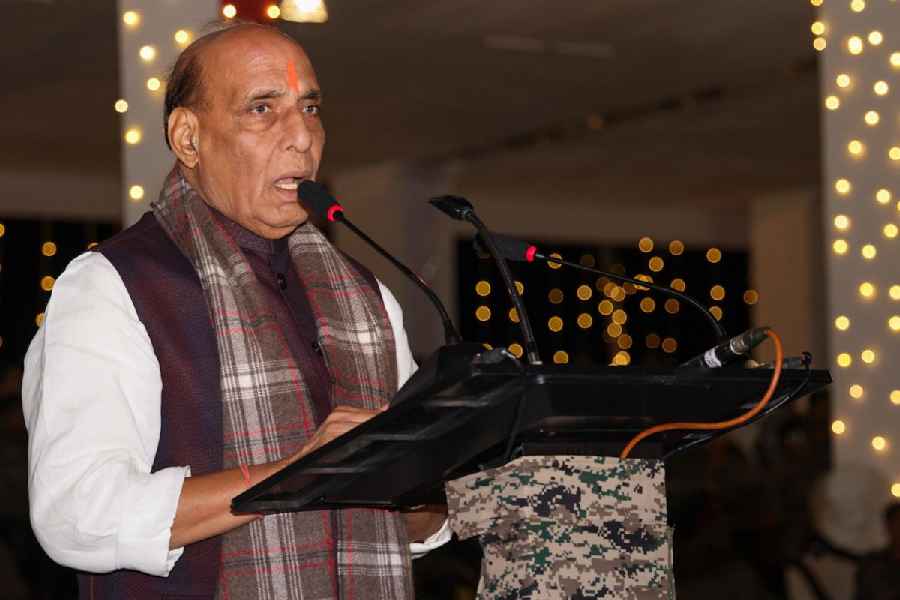Krishan Katyal, who has tasted well over 6 million cups of tea in his little over four-decade career at J. Thomas, the world’s largest and the oldest tea auctioneers, still likes to share the experiences of being the taster of the amazing beverage.
“Tea has been the reason for my waking existence over the past 42 years and like osmosis, I live and breathe it. I shall welcome any opportunity in future to communicate and share my own experiences of this amazing beverage,” he said.
Katyal retires next month and there is a farewell programme in his honour here on Sunday. He is the chairman and managing director at J. Thomas and Co Private Limited.
Has the taste of tea changed over the past four decades? “Nothing is constant. All things change. Yes, there is a difference. Somewhere down the line the focus shifted from ‘better’ to ‘more’. Subsequent changes in planting materials, pruning cycles and plucking standards have altered quality profiles in terms of brightness, body and aromatics to a fair extent,” Katyal told The Telegraph.
“It has been a long and exciting career of tasting tea. Conservatively, I would probably have tasted well over 6 million cups of tea. I use the term ‘exciting’ because no two teas are exactly the same at origin and every cup is a new discovery. I have encountered so many outstanding representations of their art — stunning CTC teas from Assam with copper gold brightness, body and pungency, exquisitely delicate floral and fruity Darjeelings, exceptional Assam orthodox leaf teas with chunky, pubescent red gold tips and textured malty flavours, fragrant Nilgiris — and the list goes on. Each of them provides an experience for every mood, sensibility and aesthetic,” he added.
“I have been fortunate to have access to all these creations, at the top of their game. Singling out specific examples would be an injustice to hundreds of others,” Katyal said.
“We are unaware of the incredible variety of delightful orthodox teas from fertile Assam, Himalayan Darjeeling and the Blue mountains of South India, which are largely exported. I feel we are missing out on great experiences that are available to us on our doorstep,” he said, adding that there is a pre-dominance of drinking CTC tea in India.
What is needed in a tea taster? “A taster requires a normal palate, curious mind, in-depth knowledge of production techniques and market preferences worldwide and most of all, continuous ongoing exposure to all quality categories and tea types. Armed with this depth of understanding, the taster is able to suggest improvements to upgrade quality and marry the enhanced product to premium markets,” Katyal said.
Katyal is a wine taster too.
“The ‘vintages’ in tea are far more complex than they are in wine. Wine vintages represent an annual harvest, while tea is produced daily, evolving with each variable of climate and season. The sensory perceptions of evaluating these two beverages are almost exactly the same in judgement of colour, aroma, depth or clarity, flavour nuances, taste and finish on the palate. To me, tea is the non-alcoholic wine.”











